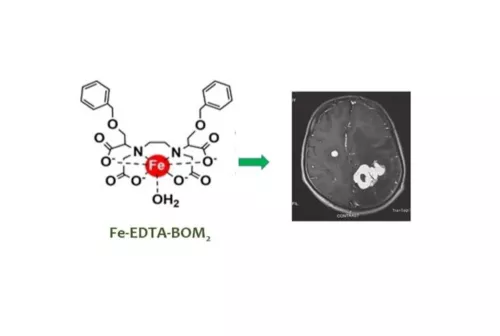Relaxometric Investigation of Fe(III) Complexes and Their Supramolecular Adducts

Contrast agents (CAs) are used in over 40% of the tens of millions of MRI clinical examinations performed each year. All CAs approved for clinical use are complexes based on the metal ion Gd(III).
Approximately 50 tons of this element, which belongs to rare earths, are administered to patients every year.
However, the production of rare earths is only 1% in the EU but 90% in China. In addition, these elements are challenging to extract usign environmentally sustainable processes and to recover after use.
To correct these imbalances and strengthen its value chains, the EU aims to find viable alternatives based on metals with low environmental impact and widely available.
Our project explores the possibility of replacing Gd(III) with endogenous ions such as Fe(III) or Mn(II).
Recent results indicate that Fe(III) chelates have properties suitable for this purpose, but there are multiple challenges to overcome.
Dr. Nucera, a researcher in Prof. Botta's research group (DISIT-UPO) within the flagship project INNDIANA, has been selected for an oral presentation at an important scientific congress and he will discuss the chemical and magnetic characterization of two model compound, Fe(III) complexes with derivates of ethylenediaminetetraacetic acid (EDTA) containing 1 or 2 benzylidene-methoxy-methylene (BOM) arms: EDTA-BOM1 and EDTA-BOM2.
This study represents an initial basis for the future design of system thta combine high efficacy, stability, kinetic inertia and the ability to engage in non-covalent interactions with proteins.
